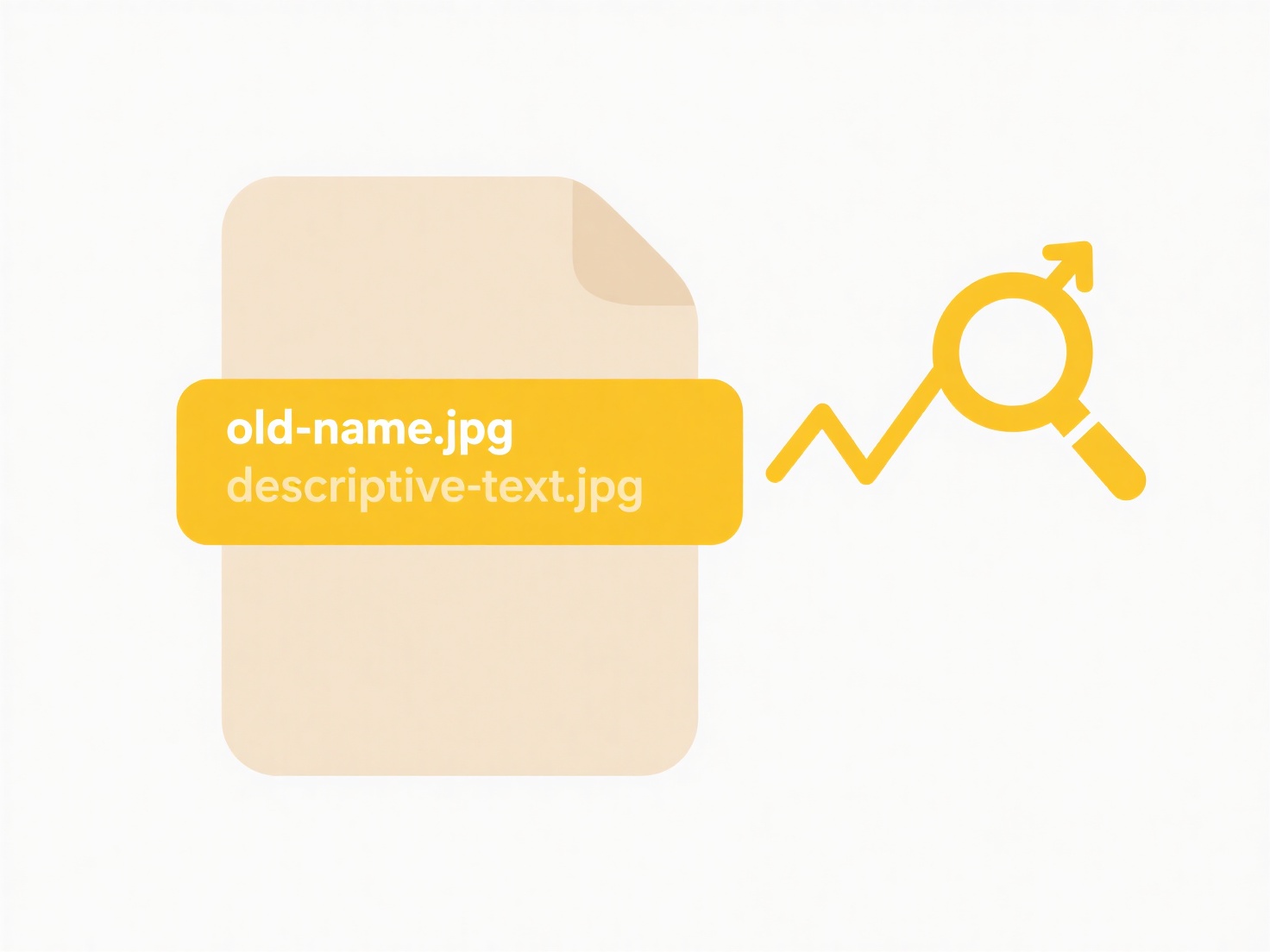
File paths specify a file's location within a file system. They differ significantly between operating systems. Windows traditionally uses backslashes () and drive letters (like C:), while macOS and Linux use forward slashes (/) and start paths from a root directory (/). Case sensitivity also varies: Linux file systems typically treat "file.txt" and "File.TXT" as different files, while Windows generally does not. These differences cause breakage when files are moved between systems.
A common example involves web development projects created on Windows (using paths like \images\logo.png). If transferred to a Linux server running Apache, the server expects /images/logo.png, resulting in broken image links. Data scientists sharing Python scripts referencing C:\data\file.csv will encounter failures on a colleague's macOS machine needing /Users/name/data/file.csv. Tools like Python's pathlib or Node.js' path module help mitigate these issues by handling platform-specific path formatting.

These breakages highlight compatibility challenges in cross-platform workflows. Advantages include OS-specific optimizations, but the limitation creates significant friction in collaborative environments or cloud migrations. Workarounds include using relative paths where feasible, configuration layers (like WSL), or cloud-native identifiers. Future developments involve broader adoption of standardized URI schemes (like file://) or abstracted cloud storage identifiers, though filesystem-level differences persist.
Why do file paths break when moving files between OSes?
File paths specify a file's location within a file system. They differ significantly between operating systems. Windows traditionally uses backslashes () and drive letters (like C:), while macOS and Linux use forward slashes (/) and start paths from a root directory (/). Case sensitivity also varies: Linux file systems typically treat "file.txt" and "File.TXT" as different files, while Windows generally does not. These differences cause breakage when files are moved between systems.
A common example involves web development projects created on Windows (using paths like \images\logo.png). If transferred to a Linux server running Apache, the server expects /images/logo.png, resulting in broken image links. Data scientists sharing Python scripts referencing C:\data\file.csv will encounter failures on a colleague's macOS machine needing /Users/name/data/file.csv. Tools like Python's pathlib or Node.js' path module help mitigate these issues by handling platform-specific path formatting.

These breakages highlight compatibility challenges in cross-platform workflows. Advantages include OS-specific optimizations, but the limitation creates significant friction in collaborative environments or cloud migrations. Workarounds include using relative paths where feasible, configuration layers (like WSL), or cloud-native identifiers. Future developments involve broader adoption of standardized URI schemes (like file://) or abstracted cloud storage identifiers, though filesystem-level differences persist.
Quick Article Links
What is the difference between owner and editor roles?
Owner and editor are distinct roles defining different access levels within systems or platforms. The owner role represe...
How can I transfer and open files between phone and computer?
Transferring and opening files between your phone and computer involves moving digital content like photos, documents, o...
How do I search using file properties (e.g., title, subject)?
Searching by file properties involves using metadata - descriptive information stored within a file - like its title, su...